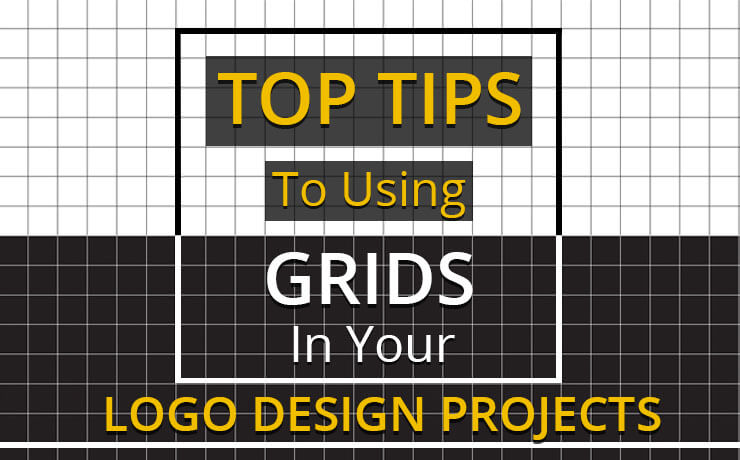Top Tips To Using Grids In Your Logo Design Projects

Chad Faith
Director of Content

There are many useful techniques for logo design out there. For example, construction guides, construction circles and logo grid systems can help you create great logo designs that will resonate with your audience’s tastes. Logo grids are known geometric tools that can enhance a company’s visual presence – from branding zero to branding hero. Here’s what you need to know about using logo grids and executing the technique correctly.
Tip No. 1: Always Start Your Logo Design Project with a Layout Grid
Whether you are designing a new logo from scratch or redesigning an older logo, it is pertinent that you create consistent and high quality logo designs. You can achieve that consistency by utilizing the same angles and grid-based design.
Tip No. 2: Utilize Geometric Shapes and Grids
This ensures you add symmetry to your design for a more polished look. If you plan to create elegant logo designs, it is recommended that you use a construction guide. This guide ensures you maintain consistent spatial relationships each curve and line of your designs as well as achieving symmetry that’s just right.
Tip No. 3: Avoid Applying Mathematical Ratios to Logos where they don’t Exist
Some logo designs have a timeless appeal attached to them. Some also say that it is due to the composition of perfect circles and the adherence to the golden ratio and Fibonacci sequence. Several designers and mathematicians have soundly debunked those claims. While there’s a natural tendency to quantify good design down to numbers and geometry, you should note that those elements do not always appeal to the human eye.
Tip No. 4: Create Your Logos by Using a Grid as a Guide
If used correctly, logo construction guides can help you create iconic designs. Take a look at Shell Oil’s logo design. It’s something that has not undergone significant changes since 1970s. Their logo did evolved over the years but still stuck with the same fundamental design principles. With that in mind, not every line of your logo needs to match the grid exactly. It still, however, has to be an integral part of your design.
Tip No. 5: Never Over-Rationalize Your Logo Design with Imaginary Geometry or Empty Metrics
Were you aware of Yahoo’s 2013 logo rebranding efforts? For starters, they used a ‘mathematical’ blueprint as their logo design construction guide. They also created a video that shared intricate details of their design process, and pointed out the mathematical aspects within the design. These explanations, however, were not convincing to some, and those mathematical qualities were questioned instead. That’s why you should avoid over rationalizing a logo design at all costs. In addition, utilizing mathematical consistency does not necessarily mean you will create a better design.
Mastering the art of integrating your logo design to grids is key to ensuring visual and long-lasting success. Nowadays, layout grids are like an invisible force that holds everything in its proper place. It ensures your concepts are visually consistent from one product to another, and also maintains the visual meaning and structure of your designs.
 Free
Consultation
Free
Consultation Free
Google Ads Audit
Free
Google Ads Audit







